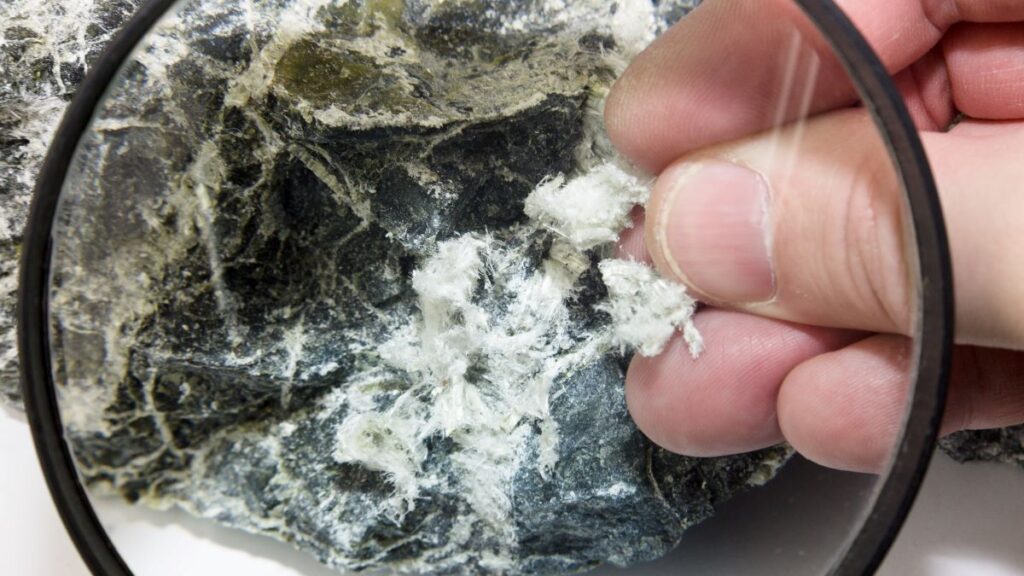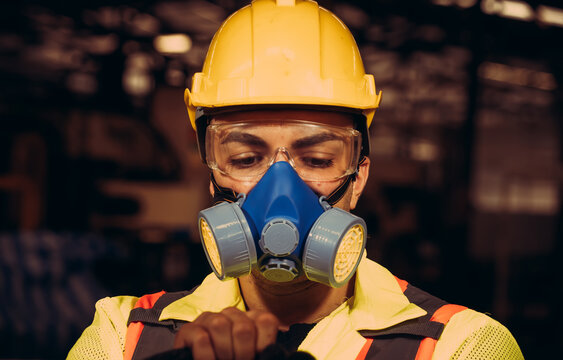Asbestos was once woven into the bones of modern life—insulation, floor tiles, brake pads, shipyards—because its fibers resist heat and wear. We now know those same fibers can pierce the lungs’ delicate architecture and stay there for decades, triggering scarring, chronic inflammation, and cancers including mesothelioma, a highly aggressive tumor of the linings around the lungs and abdomen. Public-health agencies are unequivocal: all major forms of asbestos are carcinogenic, and the safest exposure level is effectively none. World Health Organization+1
The risk begins when asbestos-containing materials are disturbed—sawed, sanded, drilled, demolished, or simply degraded with age. Microscopic fibers become airborne and, once inhaled, can migrate deep into the lungs and pleura (the lung’s lining). Because the body can’t easily break them down, fibers persist and accumulate. This “biopersistence” explains why disease can surface long after the original exposure. Even brief, intense exposures—such as a renovation without controls—can be dangerous, and chronic low-level exposures in certain workplaces compound risk over time. CDC Archive

Health effects span a spectrum. Asbestosis is a permanent scarring of lung tissue that stiffens the lungs and makes breathing progressively harder. The fibers can also inflame the pleura, causing thickening and fluid buildup. Most ominously, asbestos exposure elevates the risk of several cancers: lung cancer, mesothelioma, and cancers of the larynx and ovaries. These links have been demonstrated across all commercially used fiber types, including chrysotile and amphiboles such as crocidolite and amosite, in both occupational and environmental settings. World Health OrganizationCDC
Mesothelioma deserves special attention because it is both rare and deadly. Its latency—the time from exposure to disease—can stretch 20 to 50+ years, which means diagnosis often arrives decades after the triggering exposure, when tumors are already advanced. While treatment options have improved, outcomes remain poor for many patients, and the disease continues to demand earlier detection and better therapies. The long latency also complicates prevention messaging: the safest strategy is to avoid exposure now to protect health in the distant future. PMC
Risk isn’t uniform; it rises with dose and duration, but there are crucial modifiers. Smoking and asbestos together dramatically amplify the risk of lung cancer—far beyond either risk alone—though smoking does not appear to raise mesothelioma risk. Family members of heavily exposed workers have also developed mesothelioma after so-called “para-occupational” exposures, likely from fibers carried home on clothing, tools, or hair. That is why modern workplace rules emphasize not just on-site controls but also decontamination practices to keep fibers from leaving the job. ATSDRCancer.gov
Where, then, does asbestos still threaten people today? In the United States and many other countries, the largest risks come from legacy materials in older buildings and ships, as well as historically in certain industrial products and vehicle friction components. In March 2024, the U.S. Environmental Protection Agency finalized a rule banning ongoing uses of chrysotile asbestos—the last form still in active U.S. commerce—with staggered phase-outs for specific industrial applications. This is a major step forward, but it does not erase existing asbestos in homes, schools, and workplaces. Identifying and safely managing legacy materials remains essential. US EPAReuters
Prevention hinges on a simple principle: don’t disturb what you can’t positively identify. If a building (residential or commercial) predates the era of strict regulation, assume some materials may contain asbestos until a qualified professional tests them. Never dry-sand, drill, or rip out suspect materials yourself; hire licensed abatement contractors who can isolate work areas, use wet methods and specialized vacuums, and properly bag and dispose of waste. In occupational settings, employers should implement engineering controls (local exhaust, enclosure), adopt rigorously enforced work practices, provide fit-tested respirators when needed, and ensure decontamination procedures so fibers don’t hitch a ride home. CDC Archive
If you believe you were exposed—recently during a renovation mishap or historically through work—talk to a healthcare professional about your history. While there’s no screening test proven to catch mesothelioma early in the general population, clinicians can document exposures, monitor respiratory symptoms, and consider imaging or specialty referrals when appropriate. They can also support smoking cessation, which meaningfully reduces lung-cancer risk in exposed individuals. Public-health and environmental agencies offer guidance on safe management of suspect materials, and major cancer organizations provide up-to-date information on mesothelioma care and clinical trials. The bottom line is stark but empowering: asbestos diseases are entirely preventable, and every avoided fiber is a future injury averted. ATSDRCancer.gov
In sum, asbestos is a slow-acting hazard with a long memory. Its fibers are microscopic, mobile, and tenacious; its diseases—especially mesothelioma—emerge after decades and are often devastating. Regulations have tightened, and new bans are closing the door on ongoing uses, but the legacy burden lingers in the walls, floors, boilers, and pipes of older structures and in the histories of people who worked with them. Respect that history. Before you cut, sand, or demolish, know what you’re dealing with, and insist on professional testing and abatement when indicated. It’s the difference between a routine project and a lifelong health cost.

